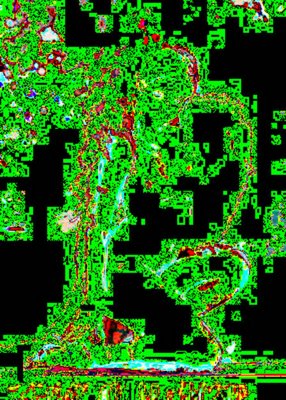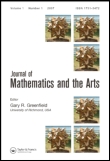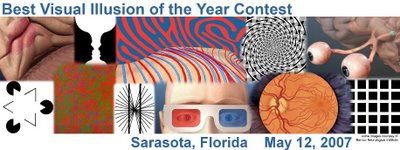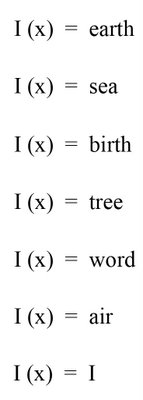
I would like to thank the young lady by the name of Tifinie who sent me the link to a ‘myspace.com’ account which had a copy the following essay posted. I am always interested in anyone expressing mathematical poetry. Here is a link to the original source of her information.
The following essay is by Allen L Roland a psychotherapist and political activist who can be found at allenroland.com. Dr. Roland’s essay is a perfect example of mathematical poetry in his metaphorical use illuminating his philosophy. I went to his website and found much of his spiritual and socio-political views to be similar to mine although he is much more aggressive than I.
His poem reminds me of a poem I had done a poem using this same equation. I haven’t published it on my blog because I haven’t made an electronic version of it yet. Maybe this will motivate me to post it later just to contrast this poem and show how the same equation can be used for many vastly different metaphors.
--Kaz
E=mc² / A NEW MATHEMATICAL EQUATION FOR LOVE AND WORLD PEACE
Since we now know that the particles of light ( photons )
are subject to another force ~ and I would argue that that force is a psychic energy field of love and soul consciousness ( The Unified Field ) which exists beyond time and space and whose principle property is the universal urge to unite ~ it's time to add another dimension to Einstein's famous equation ~
E=mc².
E=mc² in Einsteinian terms means that the energy contained in matter is equal to its mass multiplied by the velocity of light squared.
Unfortunately, man, in his limited consciousness, has used this equation to create nuclear bombs and the means to completely destroy mankind.
But we now have growing scientific evidence that light is not the one constant of the Universe and may very well be a condition of state within a greater constant.
David Adam, science correspondent for the Guardian, in an April 11th article entitled Why Einstein may have got it wrong , reports some startling findings as physicists gather in England to celebrate Einstein's work;
"Astronomers will tell experts gathering at Warwick University to celebrate the anniversary of the great man's "miracle year" that the speed of light - Einstein's unchanging yardstick that underpins his special theory of relativity - might be slowing down. Michael Murphy, of the Institute of Astronomy at Cambridge University, said: "We are claiming something extraordinary here. The findings suggest there is a more fundamental theory of the way that light and matter interact; and that special relativity, at its foundation, is actually wrong."
The Bose/ Einstein Condensate established that photons, and now even atoms have a tendency to unite and dance in perfect unison.
Einstein was in a quandry about this phenomenon so he dismissed this obvious attraction of photons as not only spooky but evidently a " tendency to want to travel together " ~ and Einstein later died never realizing he had found his elusive Unified Field.
For, as I have written before, it was Einstein's consciousness that kept him from grasping that he had indeed discovered the Universal primal urge to unite that exists from atoms to human beings ~ and that even galaxies are subject to its universal pull.
As such, this psychic field of love and urge to unite deepest within us cannot be observed through the most powerful electron microscope nor through the lens of the largest telescope, for it is an energy which must be surrendered to and experienced before it can be perceived through the consciousness of the observer.
So now, let us breath fire into Einstein's most famous mathematical equation E=mc² and apply it to a Unified field of love and soul consciousness which could lead us instead to our ultimate fulfillment as human beings;
E = Love ~ The ultimate totalization of human energy ( The Unified Field )
M = Man, the most complex and conscious form of matter that we know.
c²= Consciousness squared.
Thus, the energy of conscious unconditional love, which is deepest within all living matter, is equal to man times his consciousness squared.
British physicist, Steven Hawking, regarded by many as today's successor to Einstein, wrote that there ought to be something special and simple about a theory of everything .
And what could be more special and simple than love.
Finally, at this critical moment for mankind ~ it is imperative that we now recognize that love, not light, is the one constant of the Universe.
ONLY LOVE HEALS
Allen L Roland
 Alligator Cubed by Jeff Crouche
Alligator Cubed by Jeff Crouche

























